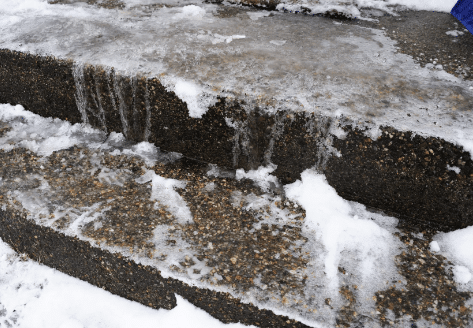How To Pour Concrete In Winter In Lakeside Ca?

- Different mixes work better in different temperatures. Using a low-heat mix will help prevent cracking and other issues due to extreme temperature changes.
- If the temperature is too cold (usually below 40°F), it’s best to delay the pour until conditions improve.
- The colder weather means that wind chill and frost are greater risks. Take steps to protect your work area from these elements by covering or insulating it when possible.
- Heating the concrete area before pouring and keeping it warm during curing can help prevent cracking in colder weather.
- Make sure to remove all snow and ice from the area before pouring, as this can affect the quality of your pour.
- This is especially important for projects that are poured at temperatures below 40°F. Allow extra time for curing, up to double the amount of time normally recommended, to ensure that everything sets correctly.
- If you must pour at lower temperatures, accelerators like calcium chloride or sodium nitrate can be added to improve performance, although they must be used cautiously as too much can lead to damage.
FAQ’s
Can You Pour Concrete If It Freezes Overnight?
It is not recommended to pour concrete if it freezes overnight, as the extreme temperature fluctuations can lead to cracking and other issues. If possible, delay the pour until temperatures improve or use a low-heat mix and additional precautions (such as adding accelerators or using heaters) to help ensure success.
Should You Cover Concrete With Plastic In Cold Weather?
Yes, it is recommended to cover concrete with plastic in cold weather to keep the work area warm and protect from frost and wind chill. Remove snow and ice before pouring as these can affect the quality of your pour. These steps can help prevent cracking due to extreme temperature changes.
Is Calcium Chloride Safe For Concrete?
Calcium chloride can be used safely when used correctly. Too much will damage the concrete, so it should only be added in small amounts or mixed with other accelerators like sodium nitrate. Follow manufacturer instructions carefully when using accelerators to ensure success. Also, keep in mind that accelerators should only be used in temperatures below 40°F.
Conclusion
It’s important to take extra precautions when pouring concrete in cold weather to ensure success. Choose the right mix, delay pouring if possible, protect your work area, use heaters and accelerators when necessary, and increase curing time for best results. For more information, contact Concrete Contractor Lakeside Ca at (619) 678-0052.